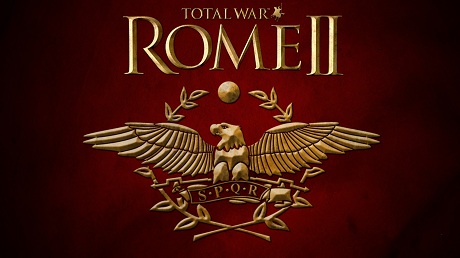Assault Dieres - Mercenary Etruscan Axe Infantry
With a ramming attack that can break an enemy hull, these ships are deadly weapons.A force of mobile axemen always gives a general the cutting edge over his opponent.
The waterline ram was first mounted on a vessel in around 850BC. Warships and naval tactics were transformed. Ships were no longer platforms for infantry battles on the water; the ship itself became the weapon. Galleys changed as the new reality sank in. Ramming at speed would hole and sink an enemy, therefore slimmer, faster, handier ships were required. More speed on demand obviously required more oars a fast ship with a single row of oars ended up being stupidly, impractically long. The solution, then, was to put in a second set of oars above the first, but slightly offset to allow for rowers' benches. These biremes, a Latin word meaning 'two oars', or dieres, the Greek equivalent, were no longer than previous designs but had twice the number of rowers. They were fast, manoeuvrable, and could carry a fighting contingent. Some nations also gave their bireme crews fire pots; these clay pots filled with oil and pitch were hurled at enemy ships in the entirely reasonable hope of setting them ablaze.
(Mercenary Etruscan Axe Infantry)
Etruscan armies, like most ancient Mediterranean forces, were drawn from a citizen body who were otherwise farmers when not at war. Soldiers paid for their own equipment and fought for the individual city-state to which they belonged. Etruscan warriors were heavily influenced by the Greek military style, with wealthier fighters going into battle with bronze breastplates and greaves, Corinthian-style helmets and round shields. Hardened leather armour was also used, which was more flexible, but did not offer the same level of protection. Etruria's early armies probably employed the phalanx style of combat, but as Gauls and other barbarians descended from the Alps and into Italy, Etruscan soldiers adopted a looser way of fighting. Common finds in Etruscan grave sites are bell-shaped bronze helmets, sometimes with cheek-guards, as well as shorter melee weapons, including swords and axes. Ultimately, Etruria's downfall was not due to the quality of its warriors, but rather the refusal of the various Etruscan cities to band together and support each other against the rising threat from Rome.
Unit Name Assault Dieres - Mercenary Etruscan Axe Infantry |
Main Unit Key inv_greek_two_mercenary_etruscan_axe_infantry |
Land Unit Key inv_mercenary_etruscan_axe_infantry |
Naval Unit Key greek_two |
Soldiers 60 |
Category Light Ship |
Class Melee Ship |
Custom Battle Cost 280 |
Recruitment Cost 280 |
Upkeep Cost 210 |
Ship Health 501 |
└ Ship greek_two |
Ship Speed 6 |
Melee Attack 30 |
Weapon Damage 26 |
├ Melee Weapon rome_celtic_axe |
├ Melee Damage Base 16 |
├ Melee Damage Ap 10 |
├ Armour Piercing Yes |
├ Bonus vs. Large 0 |
├ Bonus vs Elephants 0 |
└ Bonus vs Infantry 0 |
Charge Bonus 5 |
Melee Defence 30 |
├ Base Defence 20 |
├ Shield pikemen |
└ Shield Defence 10 |
Armour 65 |
├ Armour spolas |
├ Armour Defence 35 |
└ Shield Armour 30 |
Health 50 |
├ Man Entity rome_infantry_medium |
├ Man Health 40 |
└ Bonus Hit Points 10 |
Base Morale 40 |
Abilities
Assault Dieres- Row Hard 10
Increases speed for 10 strokes.
Ship speed
Attributes
- Hide (forest)
This unit can hide in forests until enemy units get too close.
Strengths & Weaknesses
Assault Dieres- Very poor hull strength
- Very light crew
- Fast speed
- Weak ramming
- Good boarding
- Average attack
- Poor defence
- Low damage but good armour penetration
- Poor morale


 Français
Français Italiano
Italiano Deutsch
Deutsch Español
Español Русский
Русский Čeština
Čeština Polski
Polski Türkçe
Türkçe 简体中文
简体中文 正體中文
正體中文 日本語
日本語
